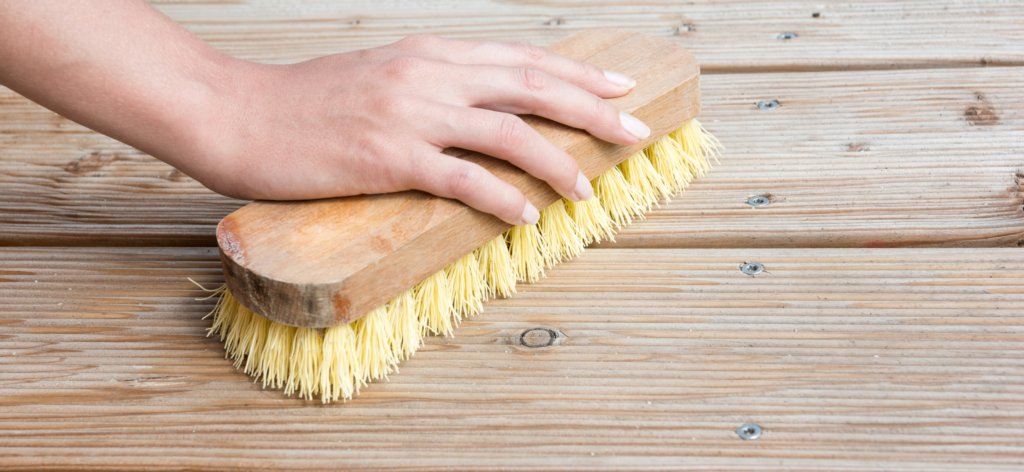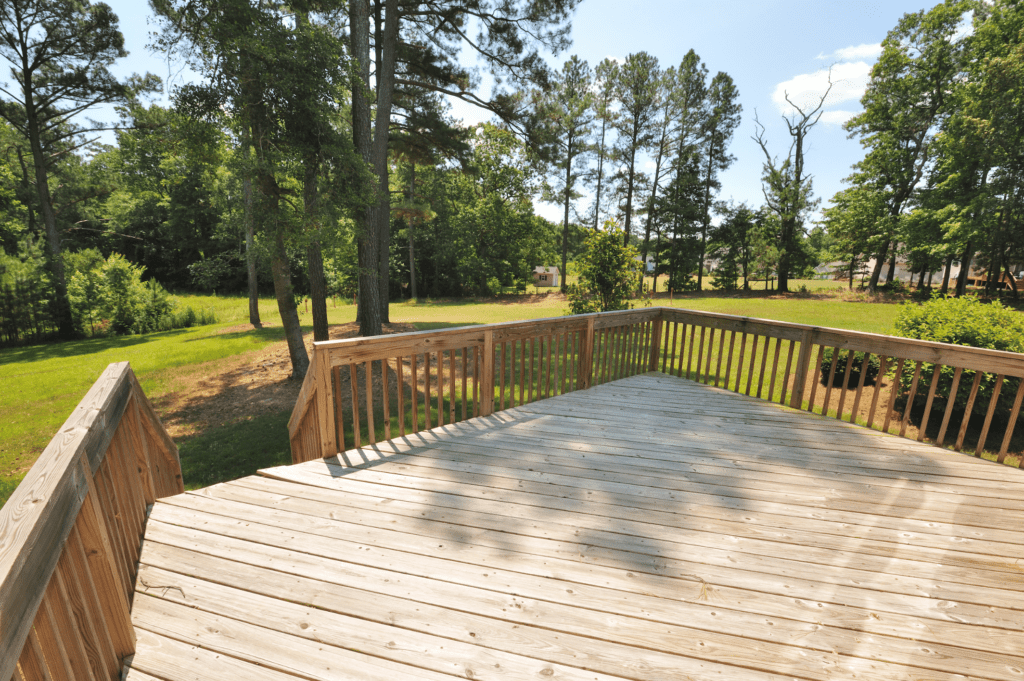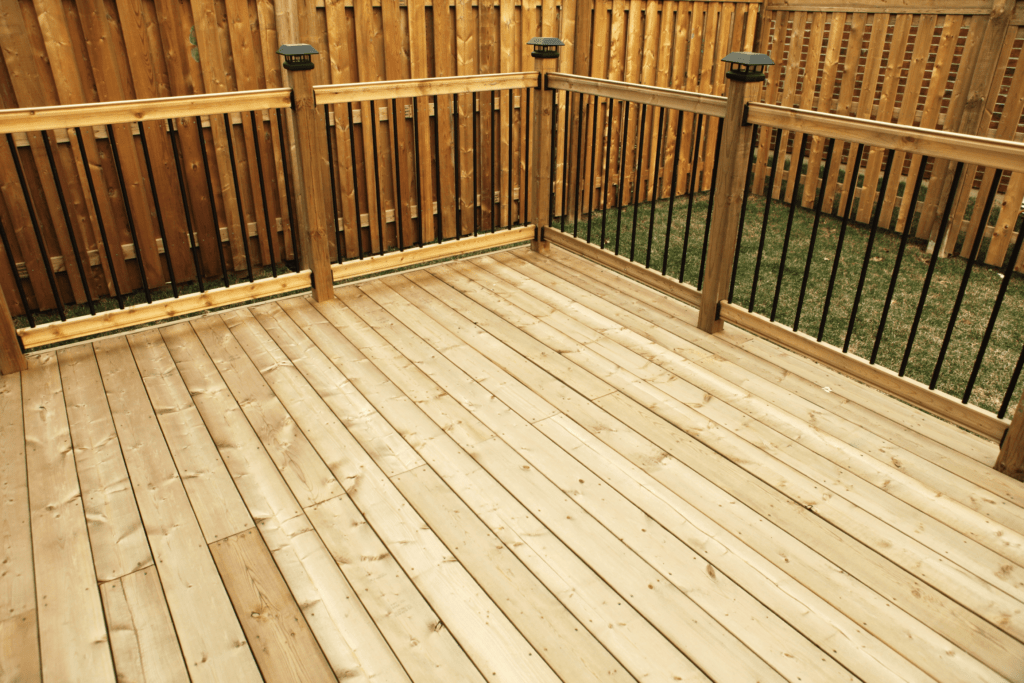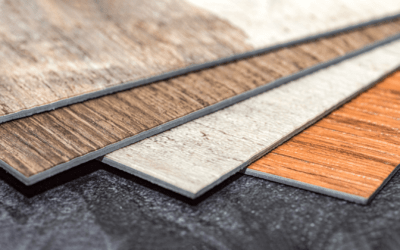
If you’re anything like me, your deck is one of your favorite places to relax. After a long day of work, there’s nothing better than sitting on your deck, enjoying the fresh air, and maybe even grilling a few burgers. But over time, your deck can start to show its age. The wood can start to fade and the stain can start to wear away.
That’s why it’s important to regularly re-stain your deck. And when it comes to deck stains, there are two main types: water-based and oil-based. Water-based stains are typically easier to apply and clean up, but they don’t last as long as oil-based stains. Oil-based stains, on the other hand, can be a bit more difficult to apply and clean up, but they offer better protection and durability.

So, which is the best option for you? It really depends on your personal preferences. If you want something that’s easy to apply and clean up, go with a water-based stain. If you’re looking for something that will last longer and offer better protection, go with an oil-based stain.
No matter which type of stain you choose, the important thing is to make sure you’re properly prepared before you start. That means taking the time to sand down your deck and remove any old stains or sealant. Once your deck is clean and prepped, you’re ready to start staining.
If you’re using a water-based stain, the process is pretty straightforward. Simply apply the stain with a brush or roller and then let it dry. If you’re using an oil-based stain, the process is a bit more involved.
First, you’ll need to apply a base coat of stain. This can be done with a brush, roller, or even a sprayer. Once the base coat is dry, you’ll then need to apply a top coat of stain. This top coat will provide the final color and protection for your deck.
Once you’ve applied the top coat of stain, you’ll need to let it dry for at least 24 hours. After that, you can enjoy your newly stained deck!

So which stain to choose?
When it comes to choosing the right stain for your deck, you have two main options: water-based or oil-based. Both have their pros and cons, so it’s important to choose the right one for your needs. Here’s a quick rundown of the differences between the two:
Oil-based stain pros:
1. Oil-based stains penetrate deep into the wood, providing long-lasting protection against weathering, water damage, and wear and tear. They will fade away with time and will require to be re-stained at some point in time.
2. Oil-based stains are available in a wide range of colors and brands, so you can easily find the perfect shade to match your deck’s décor.
3. Oil-based stains are very durable and can withstand heavy foot traffic and harsh weather conditions without peeling.
Oil-base stain cons:
1. Oil-based stains can be difficult to apply evenly, so you may need to hire a professional to do the job for you.
2. Oil-based stains can be messy to work with and can be difficult to clean up if you spill any. Always have some mineral spirits handy if you ever need to clean up any oil-based spills.
3. Oil-based stains can be toxic, so you’ll need to take precautions to avoid inhaling the fumes or coming into contact with the stain. Proper PPE must be used when working with oil-based stains. Long sleeve shirt and pants, respirator, eye protection.

Water-based stain pros:
1. Water-based stains are much easier to apply than oil-based stains, so you can do it yourself if you’re feeling handy.
Keep in mind, if you go with solid color water-based stain, going back to transparent will be very challenging, this will include sanding ALL of the previous stains mechanically to expose wood grains.
2. Water-based stains are less messy to work with and are very easy to clean up if you spill any. Just use soapy water and a rag to clean up the mess.
3. Water-based stains are non-toxic, so you don’t have to worry about the fumes coming into contact with the stain. They are most environmentally friendly as recycling can be done by your local water treatment plant.
Water-based stain cons:
1. Water-based stains don’t penetrate as deeply into the wood as oil-based stains, so they won’t last as long. They will start to peel and will require sanding and re-staining with time.
2. Water-based stains are available in a limited range of colors, so you may have trouble finding the perfect shade to match your deck’s décor.
3. Water-based stains can be less durable than oil-based stains and may need to be reapplied more often.

Conclusion
The best option for you depends on your personal preferences. If you want something that’s easy to apply and clean up, go with a water-based stain. If you’re looking for something that will last longer and offer better protection, go with an oil-based stain. No matter which type of stain you choose, the important thing is to make sure you’re properly prepared before you start. That means taking the time to sand down your deck and remove any old stains or sealant. Once your deck is clean and prepped, you’re ready to start staining.









